An ancient meteorite four times the size of Mount Everest caused the largest tsunami in Earth's history and boiled the oceans, but it may have also brought life to Earth.
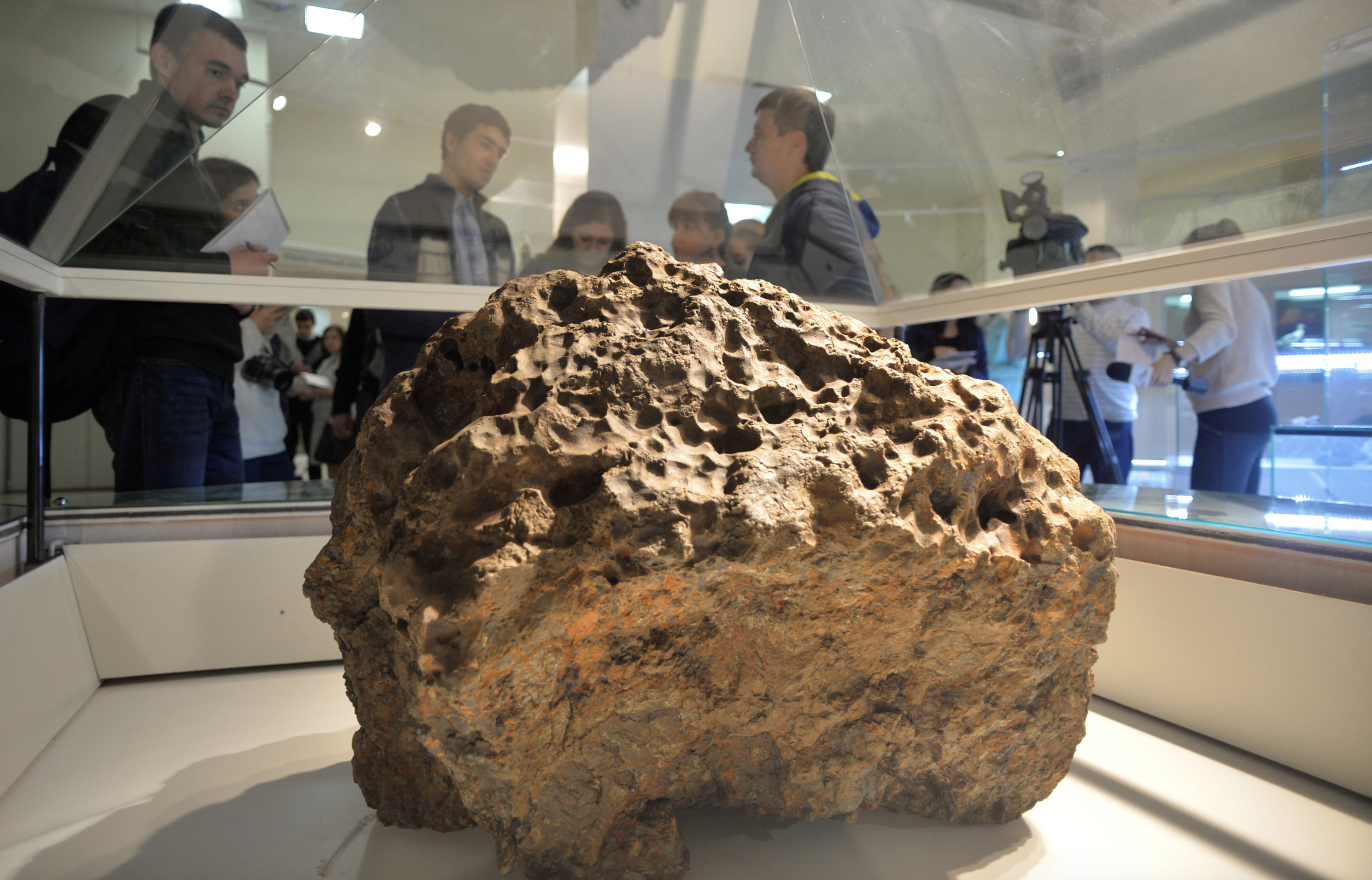
A piece of meteorite recovered from the bottom of Chebarkul Lake is displayed at the Chelyabinsk Regional Museum (Russia) in 2013.
First discovered in 2014, asteroid S2 hit Earth about 3.26 billion years ago and is estimated to be 200 times larger than the asteroid that later killed the dinosaurs.
The new discovery, published in the journal Proceedings of the National Academy of Sciences , suggests that a cataclysmic collision billions of years ago not only brought destruction to Earth, but also helped life emerge on the surface of our planet.
"We know that giant asteroid impacts were common during the early Earth period, and that these events must have had an impact on the evolution of life on Earth in its early stages. But we didn't know much about them until recently," NBC News quoted geologist Nadja Drabon, author of the report from Harvard University.
The team spent three seasons in the Barberton Greenstone Belt of South Africa collecting specimens in situ.
Based on years of laboratory experience, they determined that the meteorite hit Earth at the time when the planet was newly born and in the state of a water world with a few continents emerging from the sea.
What alien life has come to earth?
During field trips, geologist Drabon and colleagues wanted to look for spherical particles or fragments of rock left behind after a meteorite hit the ground.
They collected a total of 100 kg of rocks and brought them back to the lab for analysis.
The team of experts found evidence that the tsunami stirred up nutrients such as iron and phosphorus.
Professor Jon Wade in the field of planetary materials at Oxford University (UK), said the distribution of iron-rich water layers played an important role in the beginning of life.
Iron is the most abundant element by mass on Earth, but most of it is locked away in the Earth's core, about 2,900 kilometers deep, says Wade.
Despite this fact, life forms relied on iron to survive. As a result, the Earth experienced a temporary boom in iron-dependent microorganisms, creating the conditions for life to emerge.
Source: https://thanhnien.vn/thien-thach-co-dai-lon-gap-4-lan-nui-everest-da-mang-su-song-den-trai-dat-185250124110434422.htm








![[Photo] General Secretary To Lam attends the 80th anniversary of Vietnam's diplomacy](https://vstatic.vietnam.vn/vietnam/resource/IMAGE/2025/8/25/3dc715efdbf74937b6fe8072bac5cb30)






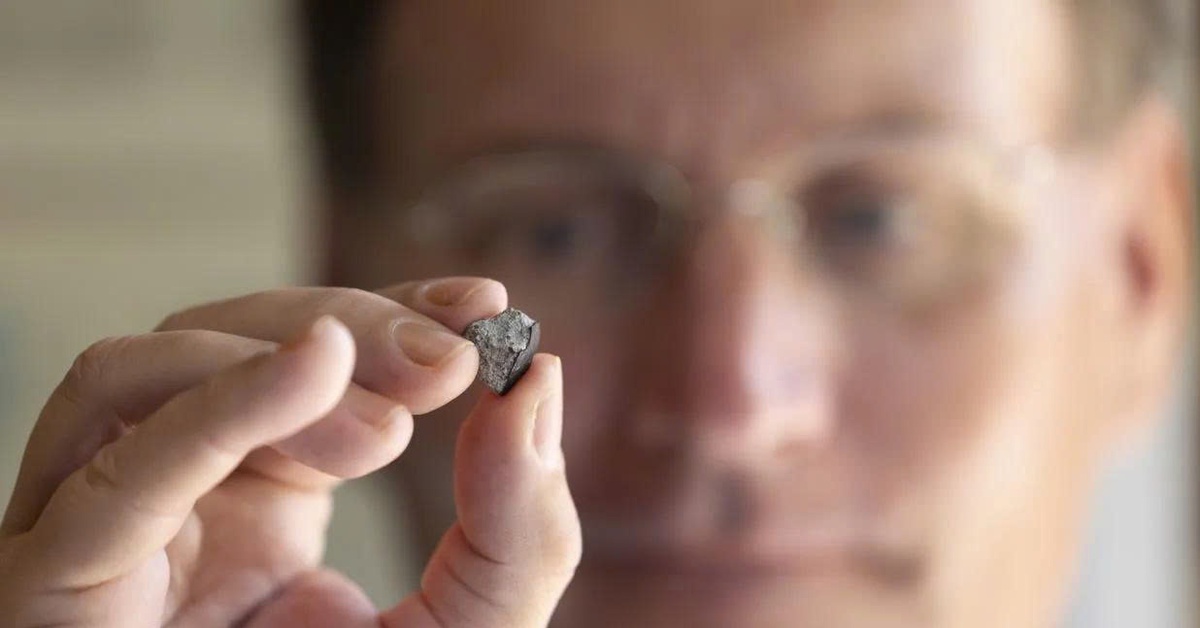
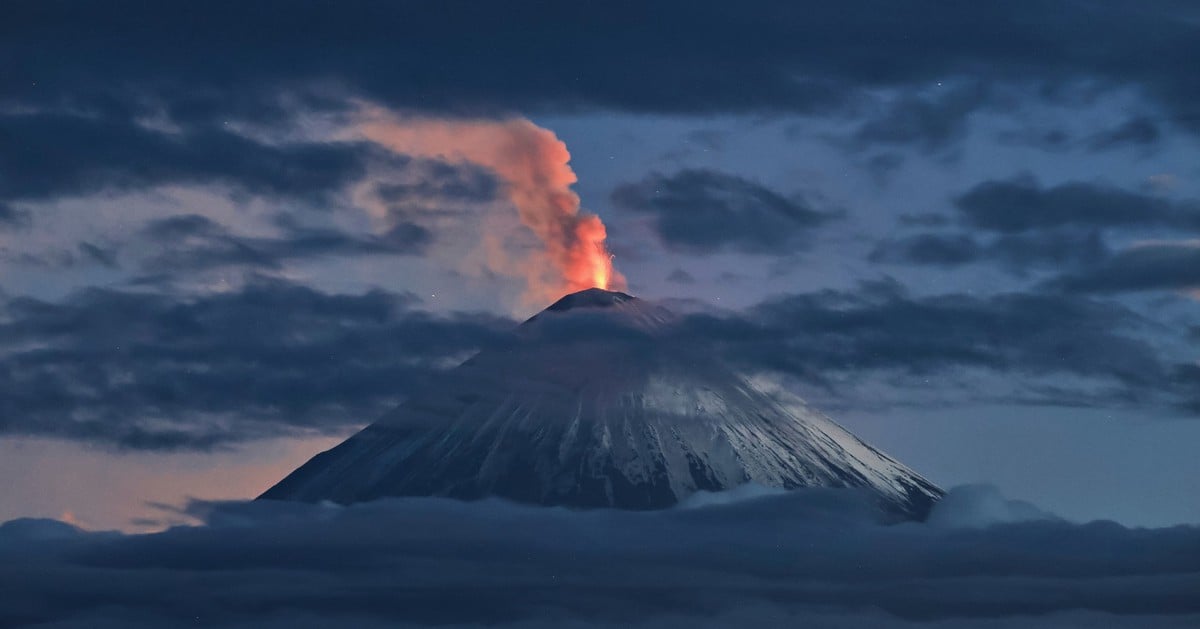
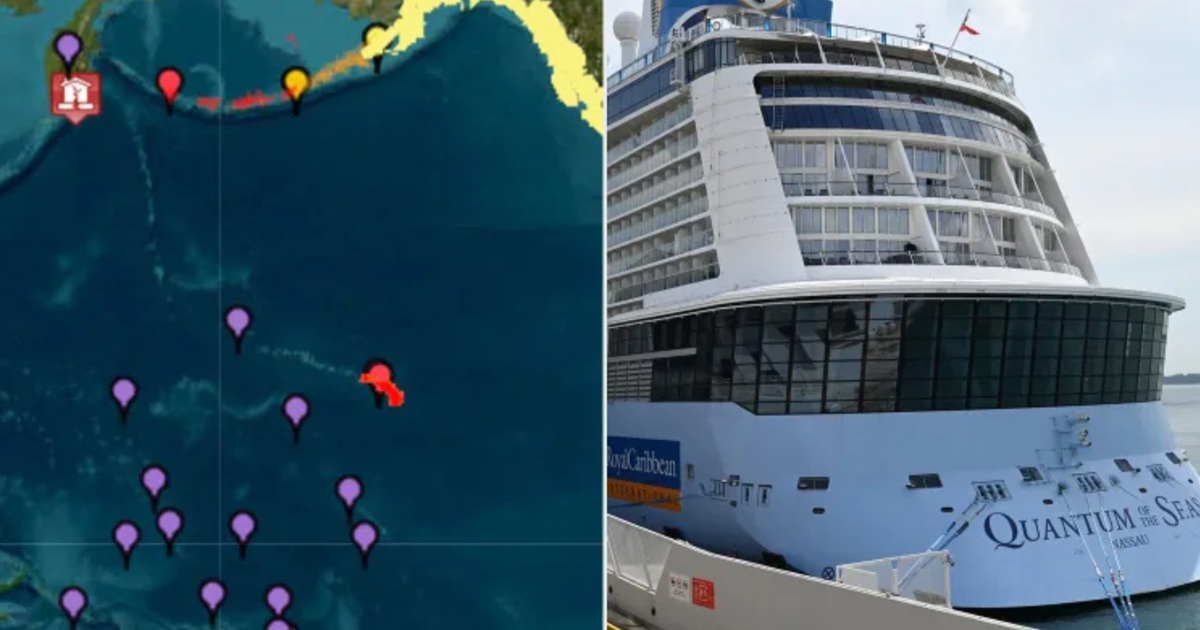



















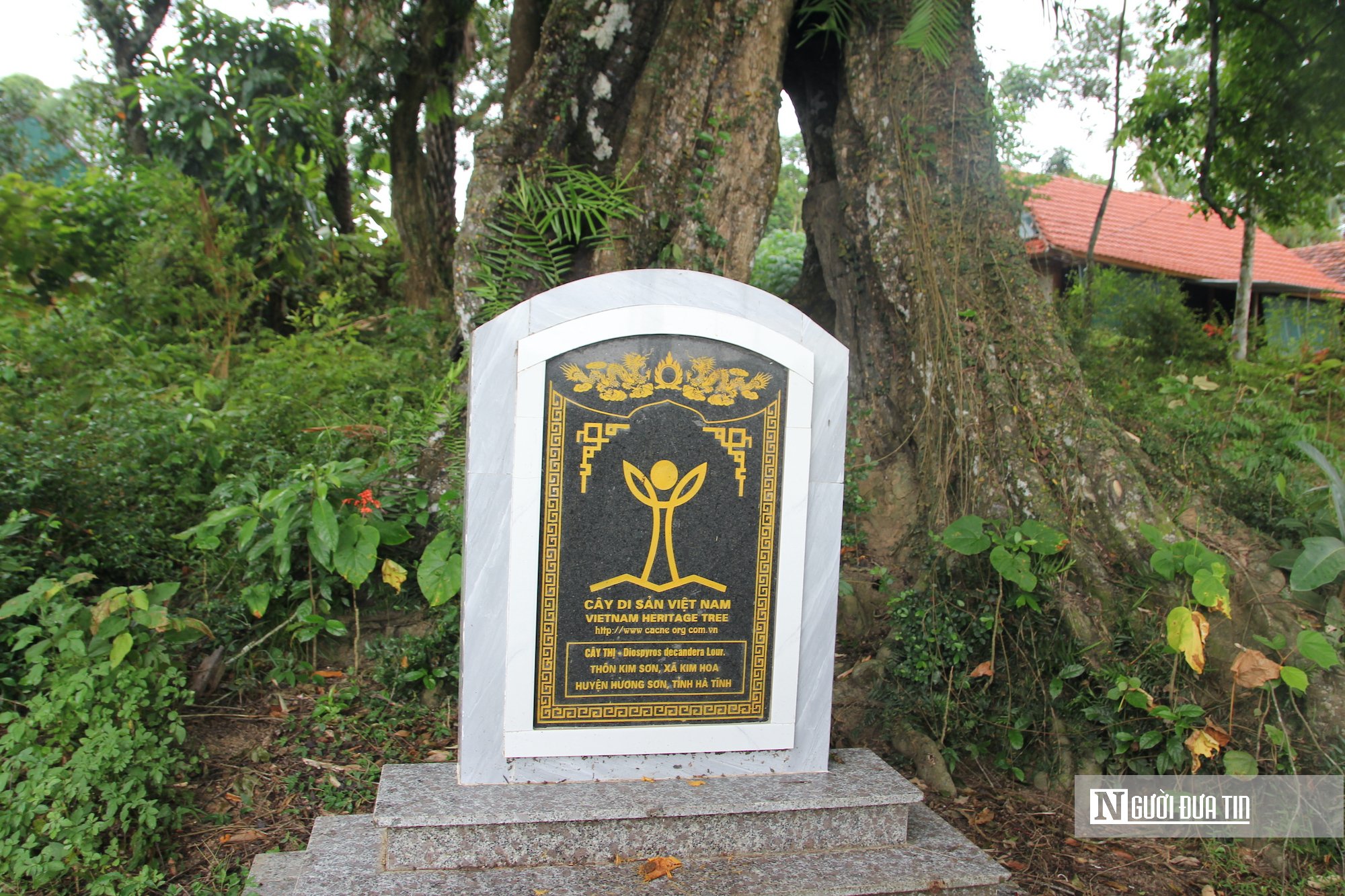
































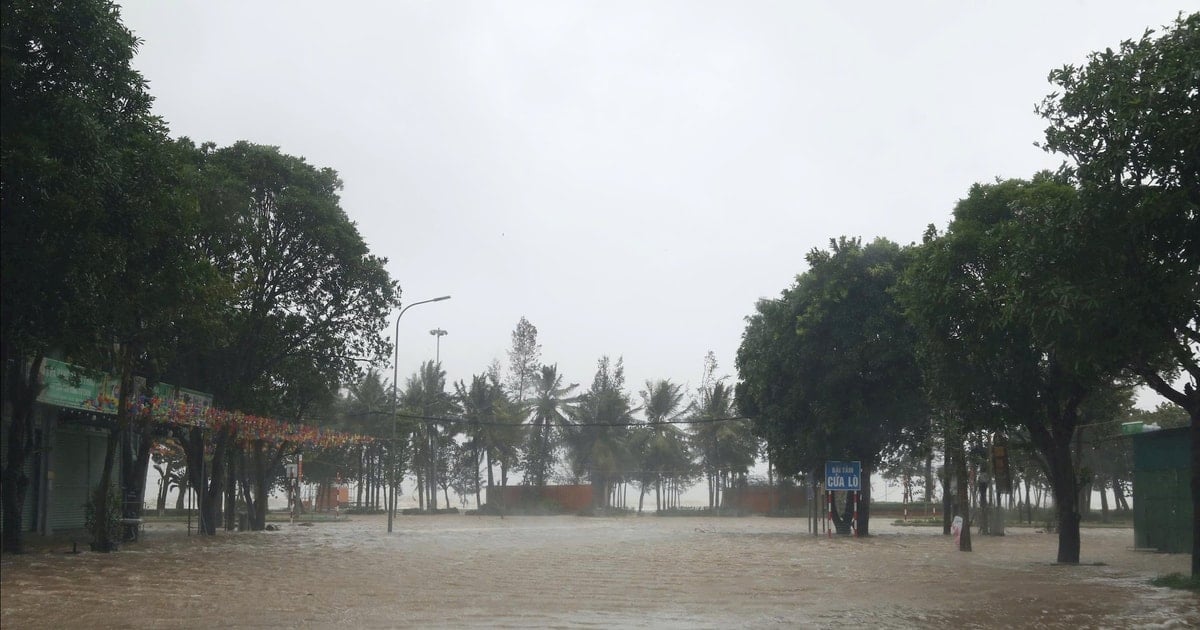





































Comment (0)